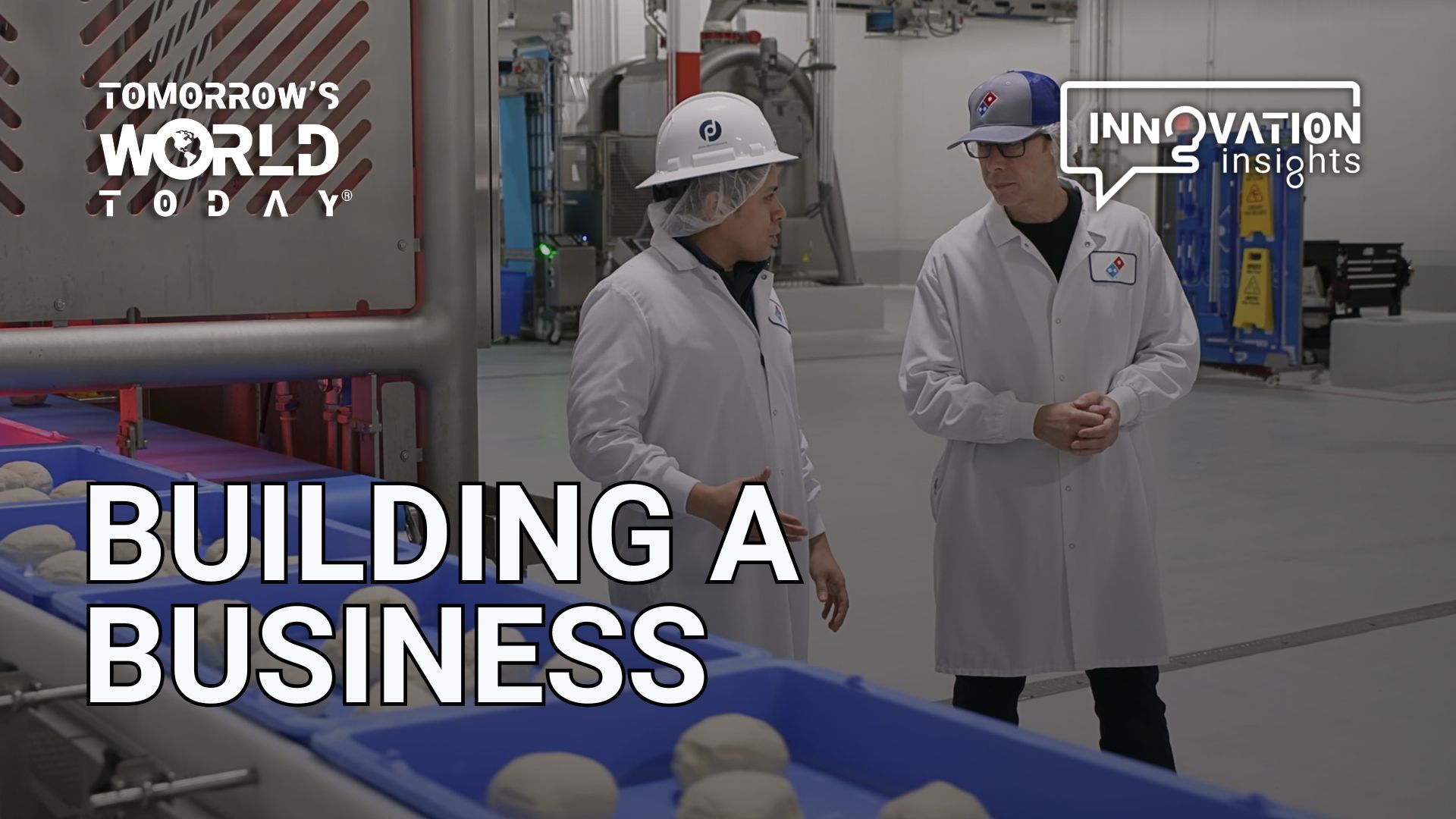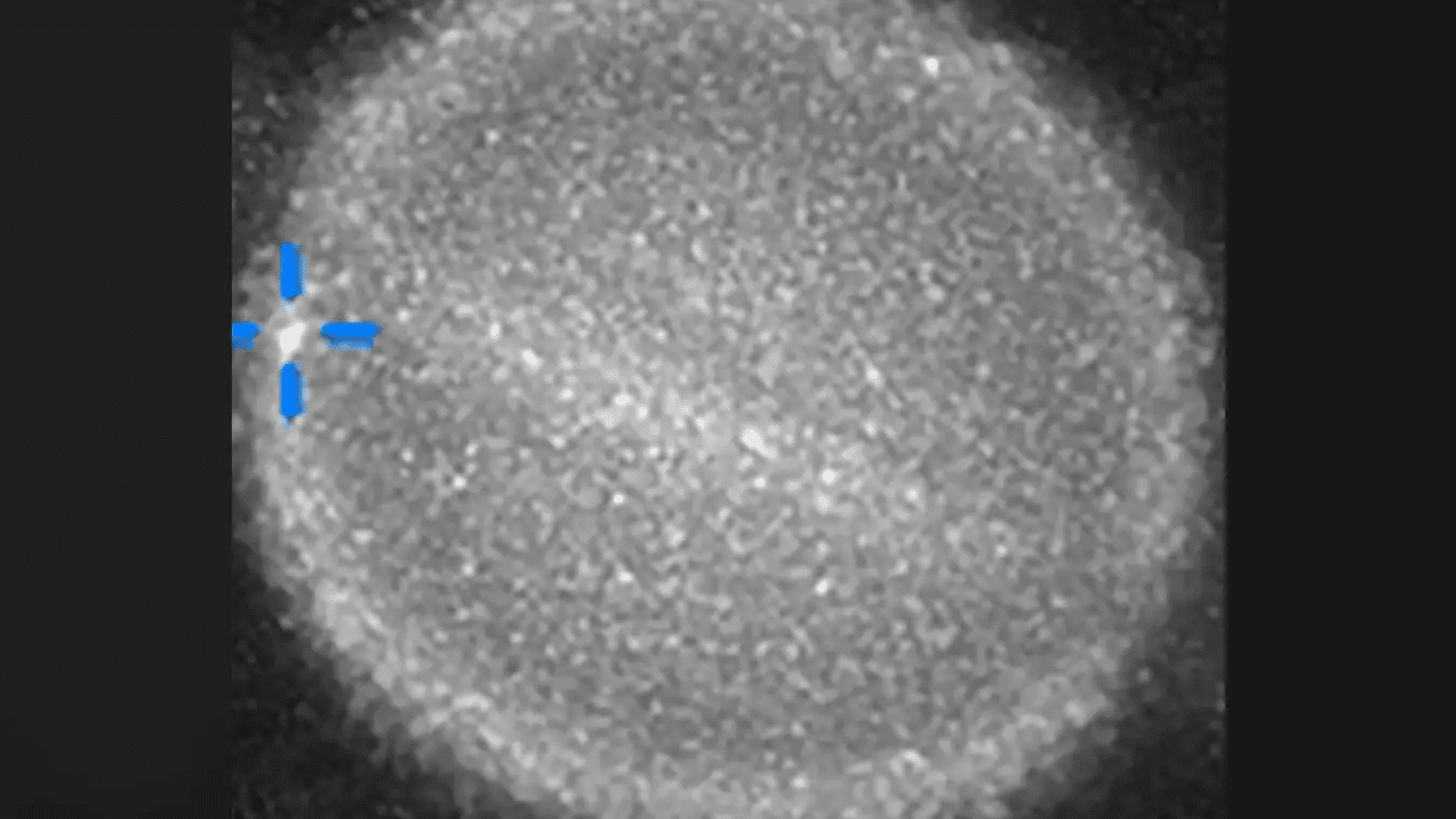Back in the early age of space exploration, Apollo astronauts brought samples of lunar soil (or regolith) back to Earth to be used for research. Approximately fifty years later, scientists at the University of Florida successfully grew plants in three of those samples. The nutrient-poor lunar regolith has finally yielded the growth of the hardy Arabidopsis thaliana.
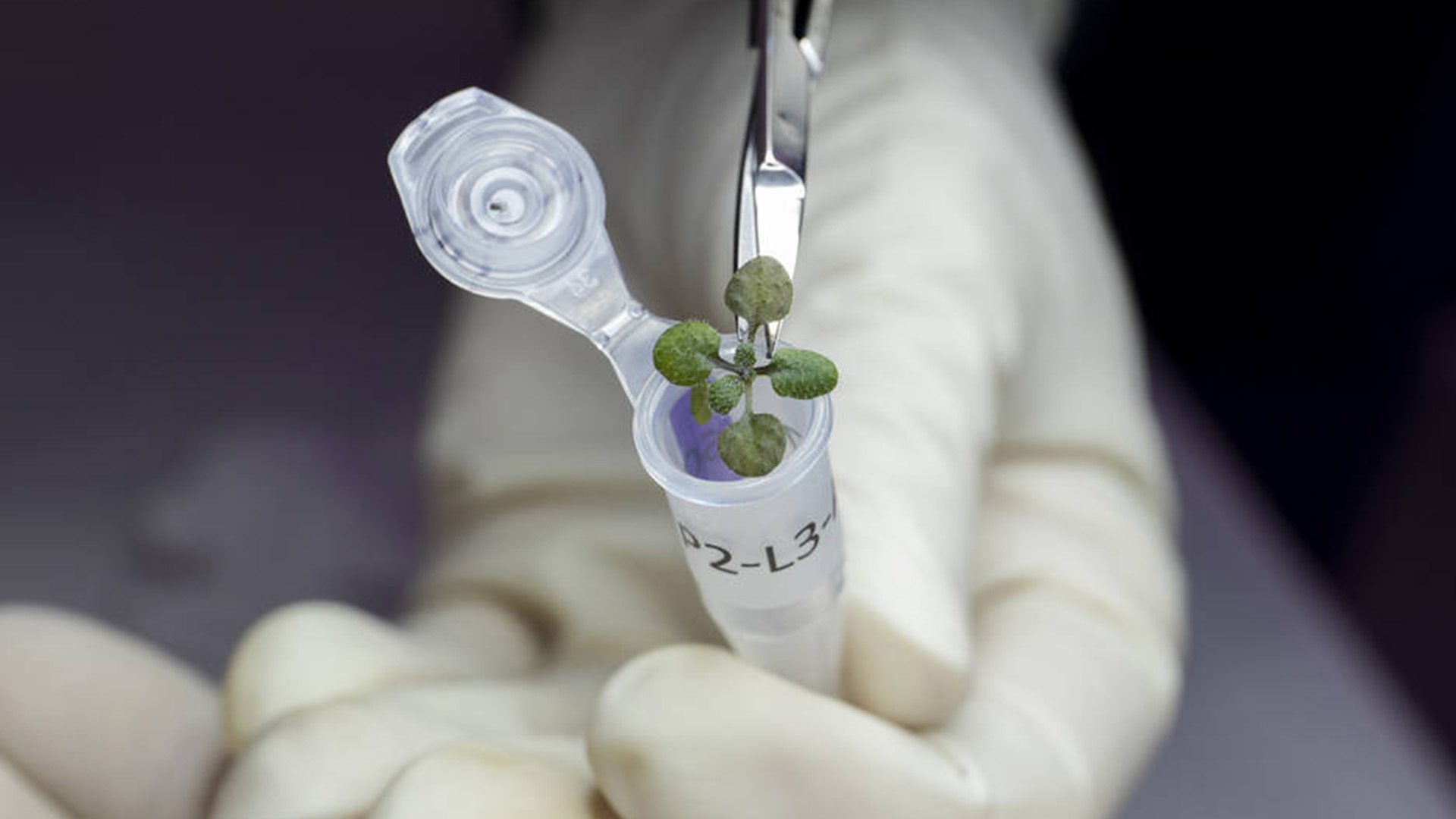
In regard to the impact of this discovery, NASA Administrator Bill Nelson stated, “This research is critical to NASA’s long-term human exploration goals as we’ll need to use resources found on the Moon and Mars to develop food sources for future astronauts living and operating in deep space. This fundamental plant growth research is also a key example of how NASA is working to unlock agricultural innovations that could help us understand how plants might overcome stressful conditions in food-scarce areas here on Earth.”
Although they were not as durable as plants grown in either Earth soil or the control group grown in a lunar stimulant, the plants’ successful growth has the possibility to pave the way for longer lunar trips. Arabidopsis thaliana is native to Africa and Eurasia and is a relative of mustard greens and cruciferous vegetables such as cauliflower, broccoli, and brussels sprouts. It’s also one of the most studied plants in the world due to its small size and growth capabilities.
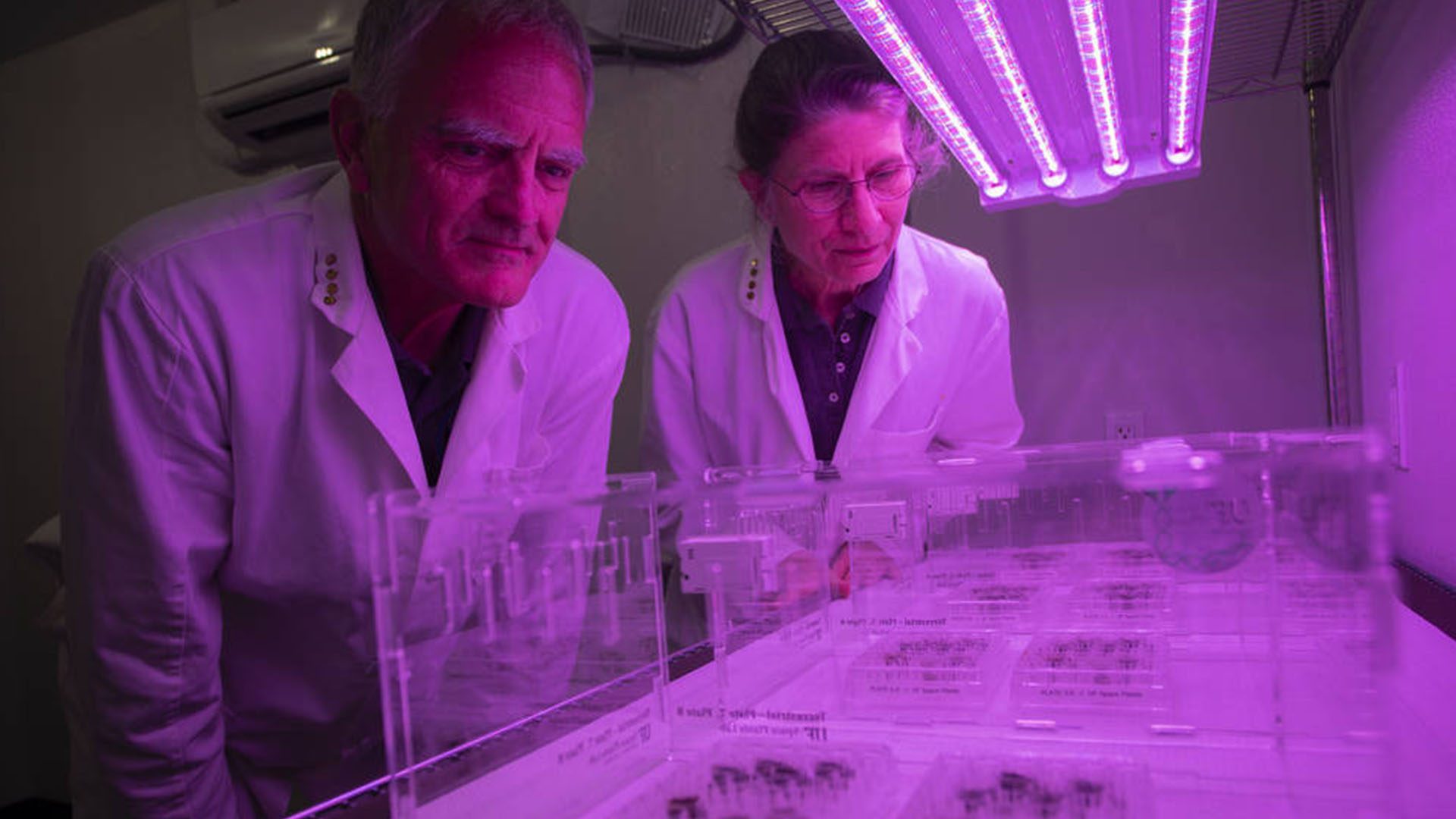
Scientists found that the soil samples were hydrophobic (repelled water), which caused the water to bead up on the surface. Stirring the material with water caused a break in the hydrophobicity and the soil was able to moisten. The plants were successfully grown in samples collected on the Apollo 11, 12, and 17 missions. The team places the samples and seeds into terrarium boxes and added a nutrient solution daily.
For the first six days of growth, scientists were surprised to notice that every plant, whether grown in the lunar or control sample, was growing at the same rate. After the sixth day, however, it became clear that the plants grown in lunar soil weren’t as robust as the control group, which was growing in volcanic ash. Although still growing, the plants grown in the lunar samples began growing more slowly with stunted roots and leaves.
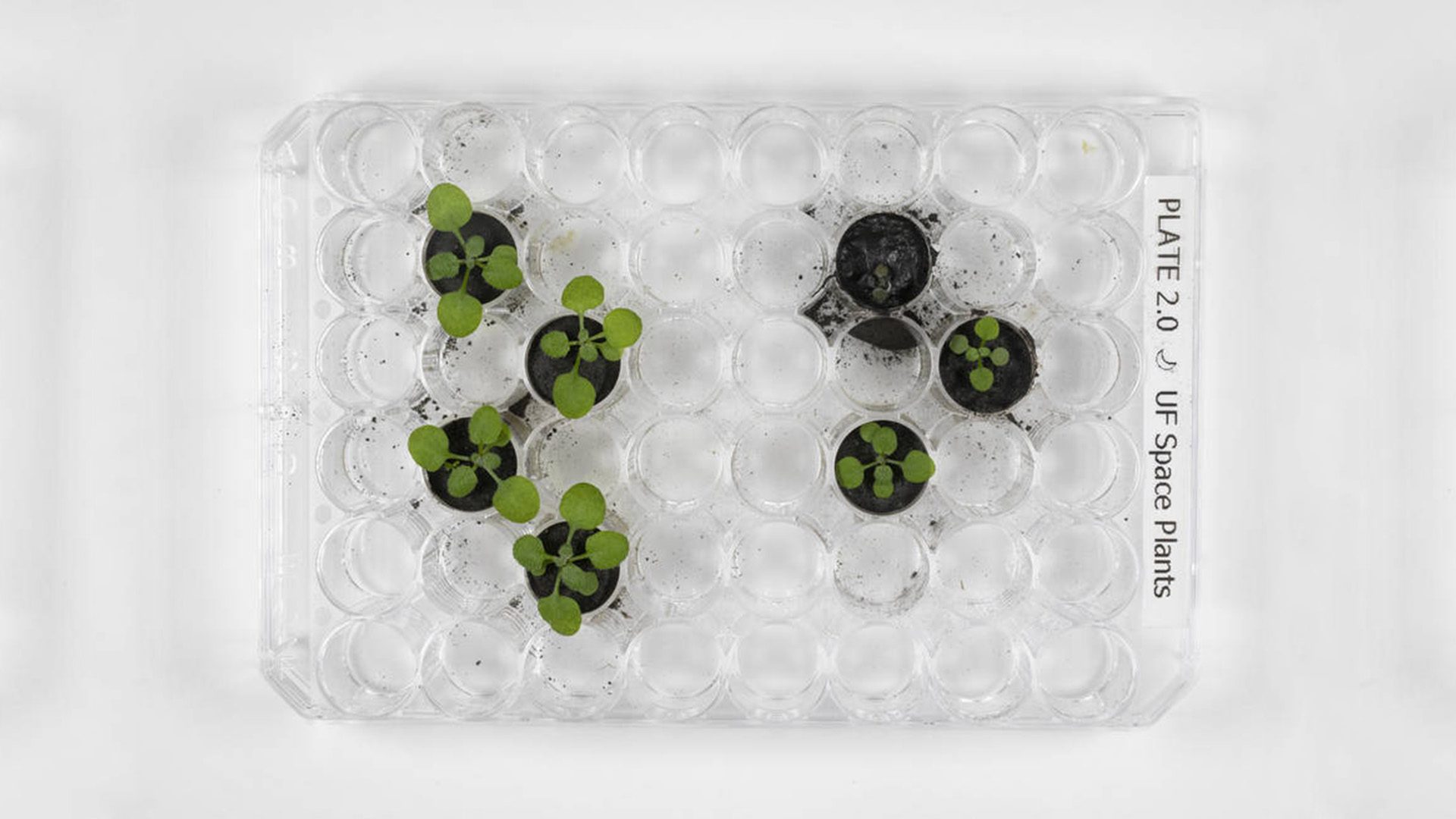
The team harvested the plants after 20 days, ground them up, and studied the RNA. Sequencing the RNA revealed that the lunar samples were under stress and reacted similarly to Arabidopsis in other harsh conditions like when the soil has too much salt or heavy metals. What is perhaps most interesting, however, was that the plants in the different lunar samples also reacted differently. For example, the plants grown using the Apollo 11 samples weren’t as robust as the other two sets of samples.
This research has the potential to not only allow astronauts to extend their moon missions, but it could allow us to make discoveries about Mars regolith. It could also empower us to more efficiently grow plants on Earth if we can discover what genes plants need to adjust to extreme stress. In regard to the impact of this experiment, Sharmila Bhattacharya, program scientist with NASA’s Biological and Physical Sciences (BPS) Division, stated, “Not only is it pleasing for us to have plants around us, especially as we venture to new destinations in space, but they could provide supplemental nutrition to our diets and enable future human exploration. Plants are what enable us to be explorers.”



